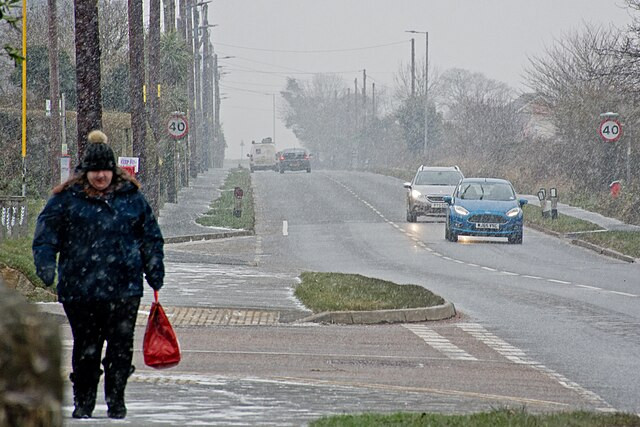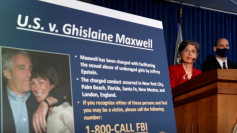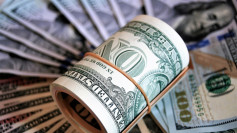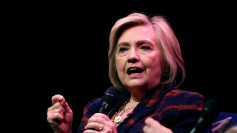A powerful polar vortex has sent life-threatening cold temperatures deep into the United States, with more than 90 million Americans under extreme cold warnings and advisories. The Arctic blast, which has pushed frigid air as far south as Texas and Florida, has brought record-breaking lows across the northern and central states, with wind chills plunging to dangerous levels.
According to the National Weather Service, temperatures have dropped 30 to 40 degrees below average for this time of year, with wind chills in parts of the Dakotas, Montana, and Minnesota dipping as low as -60°F. "High confidence of widespread, record-breaking cold" is forecast to persist through the end of the week, the NWS said in a bulletin.
Bismarck, North Dakota, recorded a low of -39°F on Tuesday, marking its coldest temperature since January 2009. Rochester, Minnesota, tied its record low for February 18, reaching -19°F. The extreme conditions have placed more than 204 million Americans in below-freezing temperatures.
The deep freeze has extended far beyond its typical reach, with subzero temperatures hitting areas of Kansas, Oklahoma, and Texas. In Dallas, the temperature felt like -1°F on Wednesday morning, while Dodge City, Kansas, recorded wind chills as low as -26°F. These conditions pose severe health risks, as frostbite can occur within minutes on exposed skin.
The FOX Forecast Center has warned that parts of Texas could see cold temperatures rivaling those of the February 2021 freeze, which crippled the state's power grid and led to widespread outages. So far, energy demand has surged, but grid operators have reported sufficient supply to meet demand.
The polar vortex, which originates in the Arctic, has been pushed southward due to a combination of atmospheric conditions, including a strong high-pressure system over Alaska and a stretched polar vortex shifting toward the U.S. Meteorologists note that while such events are not uncommon, some studies suggest rapid Arctic climate change may be increasing their frequency and severity.
Major cities across the Midwest and Plains have experienced record lows. The National Weather Service provided forecasts for some of the hardest-hit areas:
- Minneapolis, MN: High of 5°F, low of -13°F (Feb. 19)
- Des Moines, IA: High of 4°F, low of -6°F (Feb. 19)
- Omaha, NE: High of 3°F, low of -8°F (Feb. 19)
- Dallas, TX: High of 27°F, low of 18°F (Feb. 19)
- Chicago, IL: High of 15°F, low of 2°F (Feb. 19)
The Arctic outbreak has also driven extreme wind chills in normally milder regions. Wind chills in North Texas dipped below zero on Wednesday morning, including in the Dallas-Fort Worth metro area. The southern U.S. is expected to experience some of its coldest temperatures in years, with record lows possible in Louisiana, Mississippi, and Alabama.
Weather experts warn that the cold snap could have broader economic implications, including increased energy demand and heating costs. Additionally, transportation delays and infrastructure challenges are expected as frozen pipes, road closures, and power strain impact affected areas.
Beyond the immediate weather effects, climatologists continue to analyze whether shifting global climate patterns are making these extreme events more frequent. While January was one of the warmest months globally, the U.S. has experienced back-to-back months of unusually cold weather, making it one of the few regions experiencing below-average temperatures amid a warming planet.






